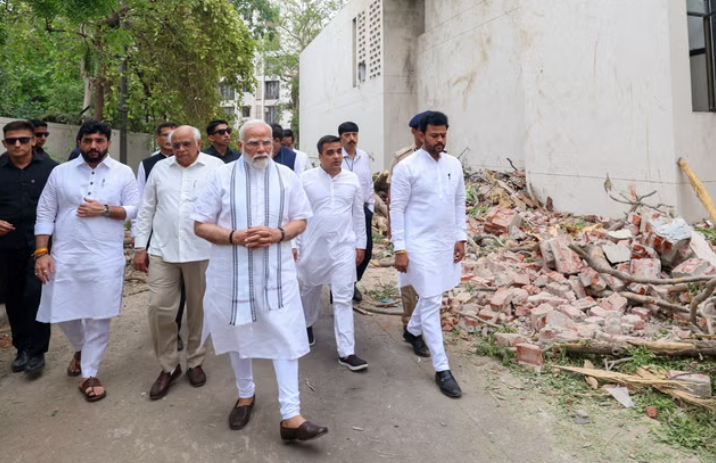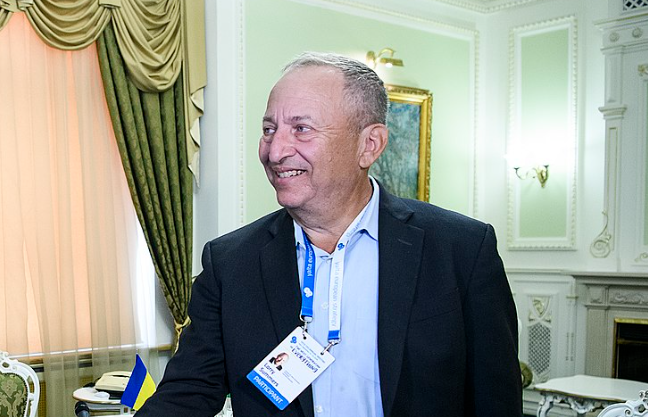Dual Engine Failure Likely Behind Devastating Air India Crash

© India's Press Information Bureau
On June 12, 2025, tragedy struck when Air India Flight AI171, a Boeing 787 Dreamliner en route from Ahmedabad to London, crashed just moments after takeoff, killing 270 people, including 29 on the ground. Incredibly, one man survived—a British national seated by an emergency exit—walking away with minor injuries.
What Caused the Crash in India? All Eyes on Dual Engine Failure
Investigators believe a rare and catastrophic dual-engine failure may be to blame. According to cockpit audio recovered from the black box, the pilot issued a chilling “Mayday… no power” call just before the aircraft lost altitude and crashed.

This kind of failure—where both engines lose thrust simultaneously—is almost unheard of in modern aviation. Early theories suggest a possible issue with the fuel delivery system, electronic engine controls, or even a software malfunction. There’s also speculation about potential contaminated fuel, though this remains unconfirmed.
The Sole Survivor in India and the Pilot’s Last Maneuver
The only survivor, Vishwash Kumar Ramesh, emerged from seat 11A, an emergency row, which may have shielded him from the worst of the impact and fire. Meanwhile, Captain Sumeet Sabharwal, an experienced pilot, is being hailed as a hero for attempting to steer the plane away from a crowded urban area, potentially preventing even greater casualties on the ground.
Spotlight on Boeing and Maintenance Protocols
The crash has prompted an urgent reexamination of the Boeing 787 Dreamliner’s engine systems, particularly its GE GEnx turbofans, which are also used on other international fleets. Air India has since grounded multiple aircraft and begun emergency checks.

Aviation regulators are now questioning whether overlooked maintenance issues or software errors might have played a role, especially given how sudden and complete the loss of power appeared to be.
Global Probe Underway
Authorities from India, the UK, and the U.S. have launched a joint investigation. Both black boxes were recovered and are being analyzed for additional clues about system performance and flight crew actions.
Early evidence suggests no indication of a bird strike, external damage, or foul play, focusing the inquiry squarely on mechanical or systemic malfunction.
Mourning Across Borders
The crash claimed the lives of 169 Indian nationals, 53 Britons, and others from Canada and Portugal. Among the ground victims were medical students housed in a nearby hostel. Vigils and memorials are being held worldwide, with Air India and Indian authorities promising full support to the families.
What Comes Next?
- A full technical audit of Air India’s 787 fleet
- Possible temporary grounding of similar aircraft globally
- A likely public report from aviation regulators on the root cause within weeks
- Renewed debate about automation vs. manual control in modern cockpits
You might also want to read: Police Chief Reports No Survivors in Ahmedabad Plane Crash with 242 Passengers


